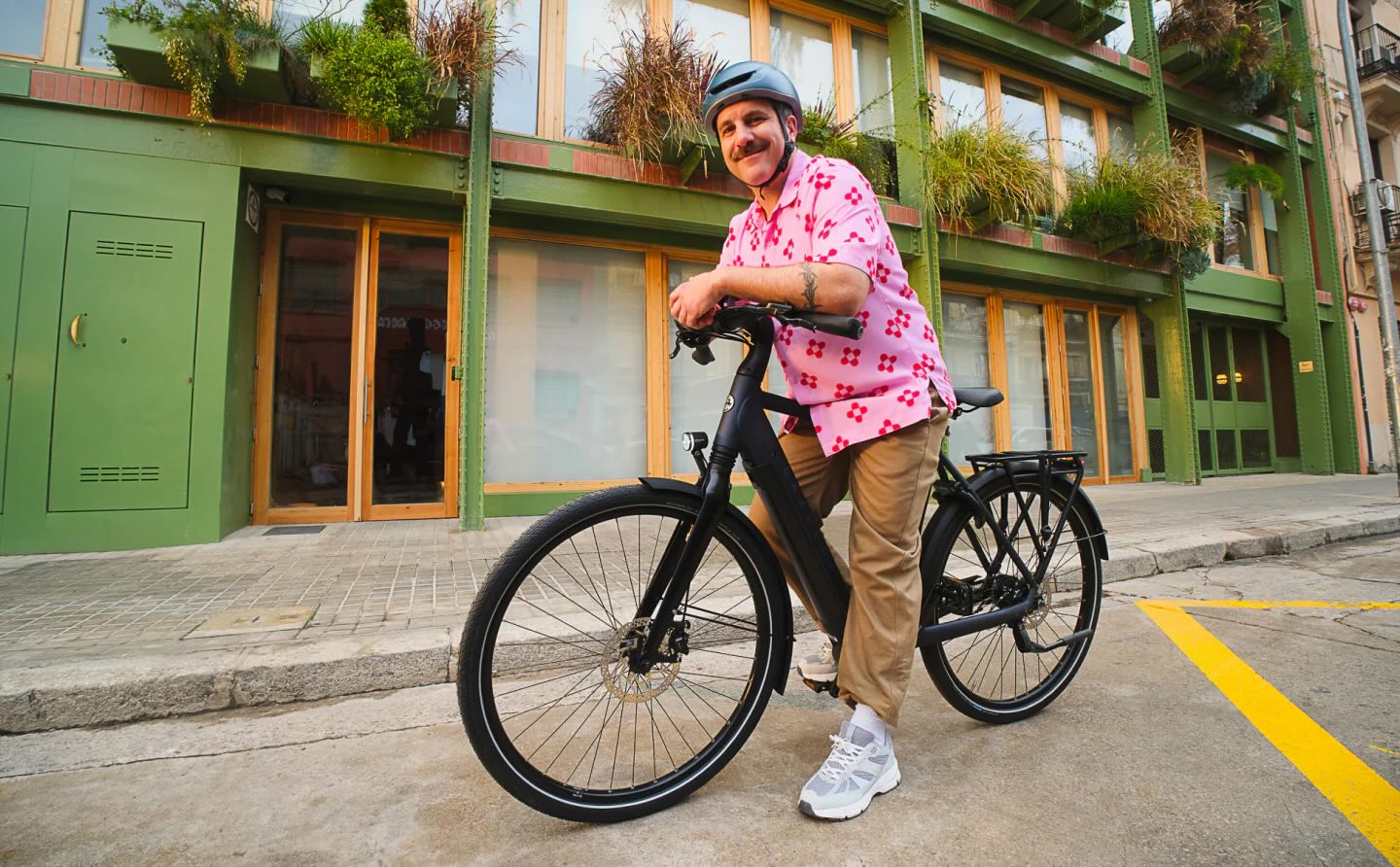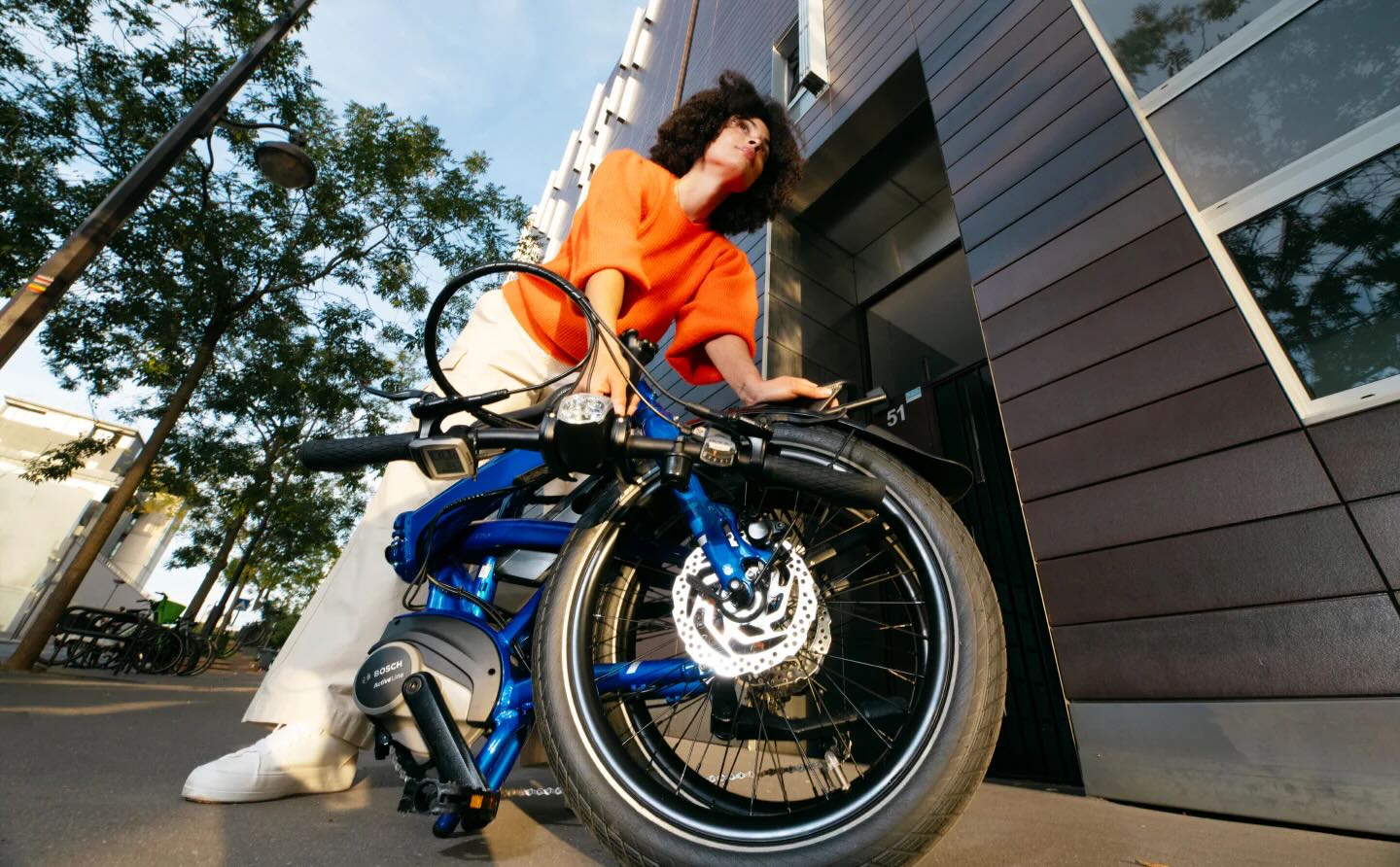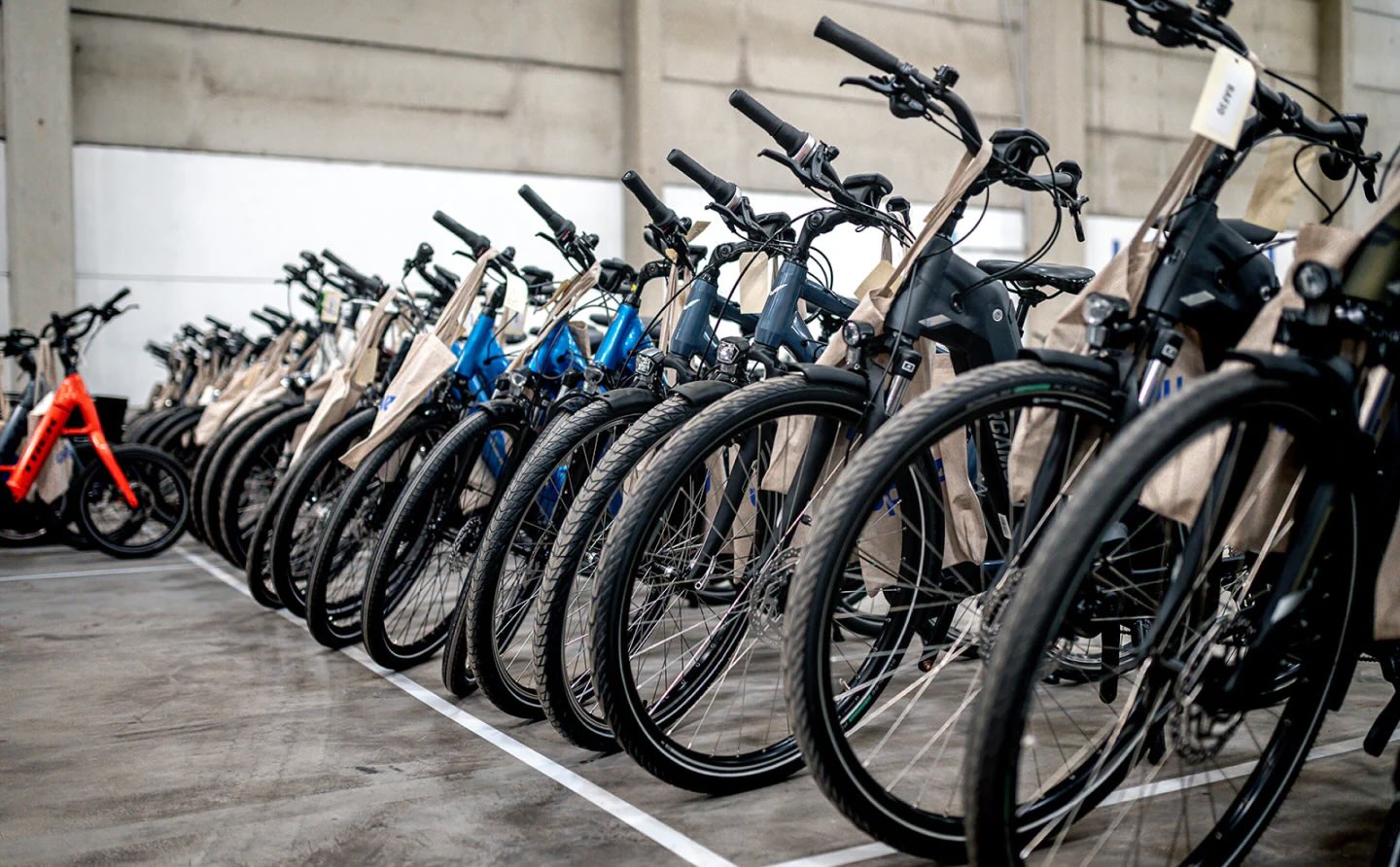Tens of millions of Americans across the country are living in urban heat islands where, due to the abundance of concrete and lack of trees, temperatures are hotter than in less populated areas.
According to the Guardian, temperatures in New York City — the most extreme example — are nearly 10 degrees Fahrenheit hotter than areas outside the city.
What's happening?
In what has become the norm in the United States during the summer months, much of the country is once again enveloped by a dangerous heat wave, and that heat is only exacerbated in highly populated areas.
According to a study by Climate Central, a nonprofit research group, at least 65 major cities in the U.S. are experiencing temperatures at least 8 degrees Fahrenheit hotter than surrounding areas.
This happens because surfaces such as parking lots, sidewalks, streets, and the roofs of buildings retain solar radiation instead of expelling it.
"As outside air cools down, that very dense material that's absorbed the heat starts to re-release that heat into the ambient environment," said Vivek Shandas, professor of climate adaptation at Portland State University. "Those heat islands actually end up staying hotter for longer periods of time in the city."
Watch now: Could this concentrate replace all the toxic cleaning chemicals in your home?
Why are heat islands concerning?
As the heat continues to get worse, it stands to reason that heat islands will continue to get worse with it.
June 2024 was the hottest June on record, breaking the record set by June 2023, which also happened to kick off the hottest 13-month period ever recorded. According to Forbes, in July alone, over 2,500 cities and towns across the U.S. hit record temperatures.
According to CBS News, the summer of 2023 was the hottest in over 2,000 years in the northern hemisphere, and in May 2024, the National Oceanic and Atmospheric Administration (NOAA) gave this year a 61% chance of being even hotter.
These heat waves and heat islands can be especially hard on low-income communities, and research has shown a correlation between extreme heat and preterm births.
TCD Picks » Upway Spotlight

What can be done about heat islands?
The impact of the heat in urban areas can be reduced by planting trees and shrubs along roadways, and creating green spaces in place of concrete structures such as parking lots. Not only will this provide more shade, but green spaces won't retain the heat.
According to Shandas, neighborhoods with more trees are about 15 degrees cooler than neighborhoods with less trees.
Surfaces will also absorb less heat if they're painted a lighter color.
Join our free newsletter for weekly updates on the coolest innovations improving our lives and saving our planet.














